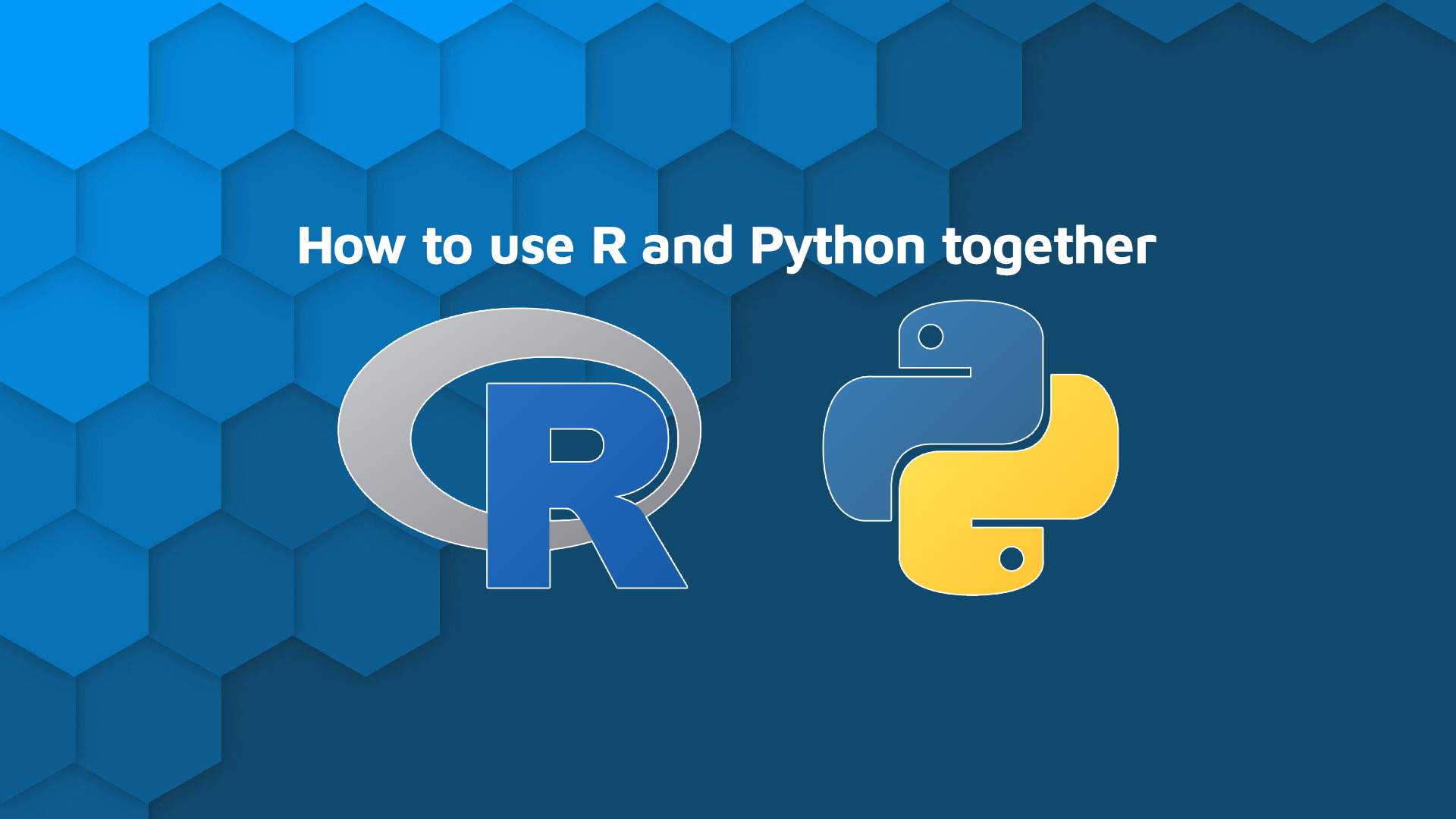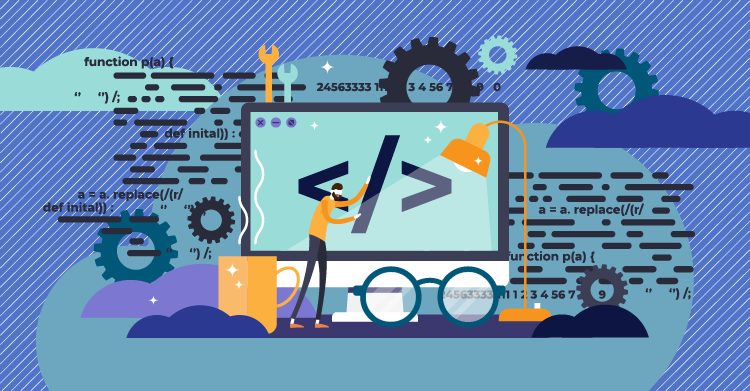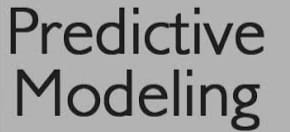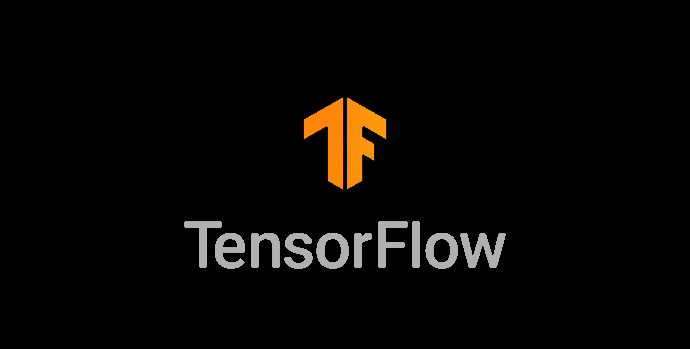Description
Introduction of R Python with Data manipulation
This course introduces basic programming in R and Python, focusing on data manipulation and analysis. Participants will learn fundamental programming concepts, data structures, functions, and libraries used for handling, processing, and visualizing data. The training covers practical applications using Pandas, dplyr, and ggplot2, ensuring hands-on experience with real-world datasets.
Prerequisites
- Basic understanding of programming concepts (optional)
- Familiarity with any programming language (helpful but not required)
- Interest in data analysis and data science
Table of Contents
1. Introduction to R and Python
1.1 Why Learn R and Python for Data Analysis?
1.2 Setting Up the Environment (Jupyter, RStudio)
1.3 Key Differences and Similarities Between R and Python(Ref: Natural Language Processing (NLP) with Python)
2. Basic Programming Concepts
2.1 Variables, Data Types, and Operators
2.2 Control Flow: Conditional Statements and Loops
2.3 Functions and Code Modularization
3. Working with Data Structures
3.1 Lists, Tuples, and Dictionaries in Python
3.2 Vectors, Matrices, and Data Frames in R
3.3 Hands-On: Creating and Manipulating Data Structures
4. Data Import and Export
4.1 Reading and Writing CSV, Excel, and JSON Files
4.2 Connecting to Databases with SQL in R and Python
4.3 Handling Missing Data and Data Cleaning Techniques
5. Data Manipulation Techniques
5.1 Introduction to Pandas (Python) and dplyr (R)
5.2 Filtering, Sorting, and Aggregating Data
5.3 Merging and Joining Datasets
5.4 Hands-On: Data Wrangling with Real-World Datasets
6. Data Visualization
6.1 Introduction to Matplotlib and Seaborn (Python)
6.2 Data Visualization with ggplot2 (R)
6.3 Creating Bar Charts, Line Plots, and Histograms
6.4 Hands-On: Visualizing Trends in Data
7. Basic Statistical Analysis
7.1 Descriptive Statistics: Mean, Median, Variance
7.2 Correlation and Covariance Analysis
7.3 Introduction to Hypothesis Testing
8. Working with Dates and Text Data
8.1 Handling Dates and Times in R and Python
8.2 String Manipulation and Regular Expressions
8.3 Hands-On: Extracting Insights from Text Data
9. Introduction to Data Science with R and Python
9.1 Overview of Machine Learning and AI
9.2 Basics of Model Building with scikit-learn (Python)
9.3 Simple Regression and Classification Models in R
10. Automating Tasks and Reporting
10.1 Writing Scripts for Data Automation
10.2 Generating Reports with RMarkdown and Jupyter Notebooks
10.3 Hands-On: Creating Automated Data Reports
Conclusion
This course provides a solid foundation in R and Python programming with a focus on data manipulation and visualization. By the end of the training, participants will be equipped to handle real-world data efficiently and perform basic analytical tasks.










Reviews
There are no reviews yet.